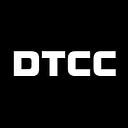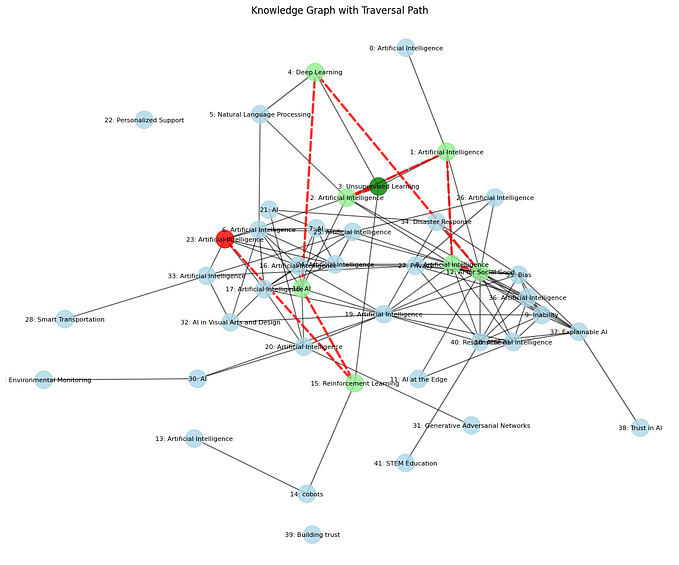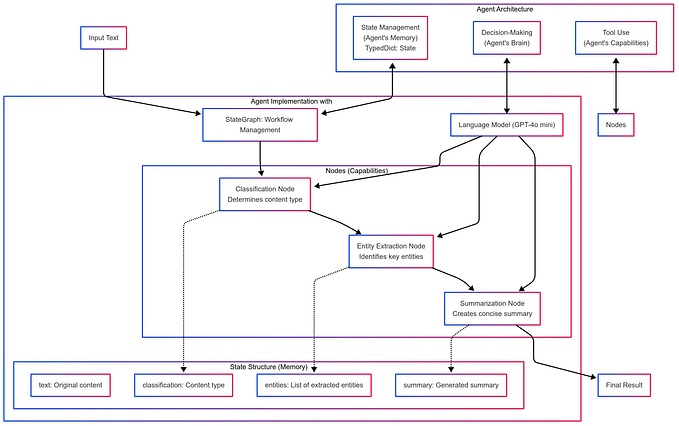The Importance of Data Standardization and Centralization for Insurance and Retirement Services
By Justin Schwartz, DTCC Executive Director, Product Management for Wealth Management Services
As insurance and retirement service providers navigate today’s complex landscape, data standardization and centralization have become critical as firms implement new technologies and leverage data in new ways to uncover business opportunities and remain competitive. Unfortunately, not all industry data is standardized and centralized, making it difficult to leverage the information needed to make critical decisions or respond to rapidly changing business, regulatory and reporting requirements.
Related: Why standards and controls are essential to the future of digital financial markets
To leverage this information to make data-driven decisions, the industry must evolve its approach to operations and data management. Today, consumers and financial professionals expect seamless digital offerings and experiences, driven by digital transformations within firms. Across the industry, many organizations are adopting a digital-first mindset and are actively exploring the implementation of new technology that enables a more consumer-centric focus, such as real-time and mobile applications. At the same time, McKinsey research notes the increased focus on the use of AI in the insurance industry, like using demographic and location data in annuities, will continue to make more types of real-time data increasingly valuable for the industry.
In this evolving environment, organizations should understand the impact of modernizing their data — how it is gathered, assessed and managed, as well as how critical the standardization and centralization of data is for deriving meaning from new and legacy sources of information. Centralized solutions can aid in firms’ data standardization strategies. For example, over 550 firms exchange large amounts of data throughout the insurance product lifecycle leveraging DTCC’s Positions, Financial Activity Reporting and IIEX platform, totaling over 16 million insurance policy records processed daily. This data also includes details such as licensing and appointments, new business, commissions and in-force transactions.
Standardization Drives Scale
As a level set, data standards are established formats and definitions that are agreed upon and then adopted broadly across the insurance industry. Since all constituents are using the same standards, large-scale processing and increased efficiency can be achieved. As such, the standardization of data sets is the foundation for enabling automated programming and ultimately scale. By focusing on ensuring standards are embraced within data sets, firms can process and glean new insights from larger volume data more efficiently, key to distributors and carriers who are tasked with handling significant amounts of data daily.
In this evolving environment, organizations should understand the impact of modernizing their data — how it is gathered, assessed and managed, as well as how critical the standardization and centralization of data is for deriving meaning from new and legacy sources of information.
For example, if an insurance firm is receiving a high influx of similar data sets from a variety of sources and all of them contain slightly different formats, each dataset might have similar pieces of information, but the data formats, messages and files may differ slightly. This creates challenges and requires additional work to manage the data that is crucial to their business. However, when data is standardized across the industry, the provider can implement a single approach to ingest, manage and transact on large-scale data.
To further advance the creation of data standards across the industry, ACORD, has adopted files from DTCC and DTCC leverages ACORD messages, both of which are broad standards that can be implemented as needed. For example, DTCC’s Producer Authorization service, scheduled for launch in July 2024 subject to regulatory approvals, will allow financial professionals to take advantage of a real-time ‘can sell’ authorization, enabling them to efficiently assist investors seeking to buy annuities. Adherence to these standards can help to enable more uniform data processing and interpretation across various platforms and organizations, and automated solutions are available to help facilitate this across the industry today.
Connecting the Industry Through Centralization
Once standards have been defined and validated, centralization becomes a pivotal next step. In the complex world of insurance and retirement services, no participant operates in isolation, and the industry is interconnected. For example, the creator of a product, “the carrier”, is not necessarily the party enacting transactions. Broker-dealers, custodians and other distributors can interface directly with clients purchasing products from carriers. These dynamics underline the necessity for connectivity and centralization.
Without a centralized approach, data standards are subject to alteration by any one entity, requiring their counterparty to make conforming alterations, thereby compromising the efficiency of the overall process. By connecting market participants to a single, centralized solution, the need to manage multiple, even hundreds, of connections across counterparties can be eliminated. At the same time, insurance carriers and distributors can leverage the solution to effectively exchange information throughout the various points of the annuity and life insurance processing cycle via a single data standard and a single connection.
The Future Will Be Driven by Data and Scale
With increased levels of standardization and centralization in insurance and retirement services, the industry will be able to connect and scale more seamlessly reducing risk and delivering increased value to financial professionals and consumers. Moreover, these practices will help drive increased levels of automation, critical to firms’ ability to remain competitive and meet evolving client needs.
In the complex world of insurance and retirement services, no participant operates in isolation, and the industry is interconnected.
New innovations, like generative AI, are poised and predicted to have major impacts on this ecosystem and can perform best when provided with high volumes of quality data. Strong data practices, across the insurance lifecycle issuance through servicing make it possible for firms to turn raw data into actionable insights that can be leveraged to remain competitive and drive client satisfaction. It is crucial for organizations across the ecosystem to assess how they can incorporate data standards and centralization within their operations as the industry adopts modernized technology and manages a growing data set in today’s evolving landscape. Doing so will enable organizations to better harness the power of data that comes with increased digitization.
This article was originally published to Traders Magazine on July 8, 2024.





